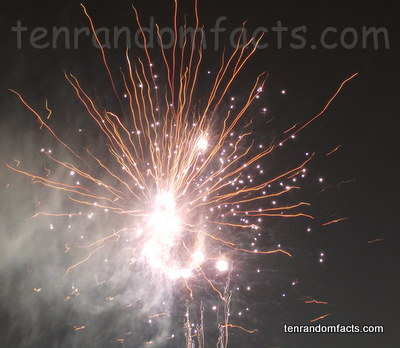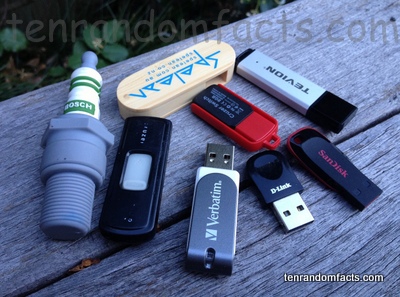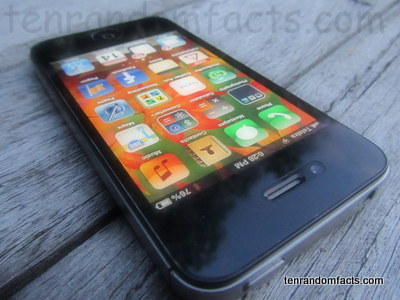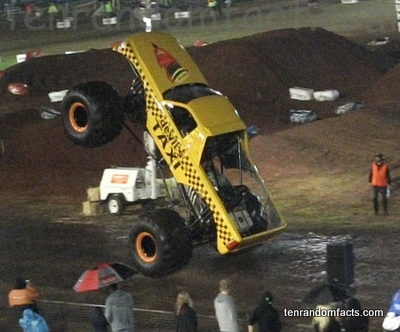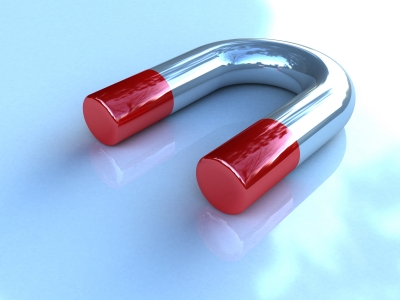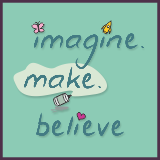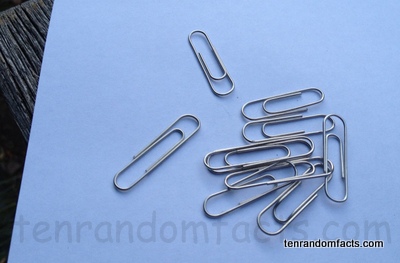
One of the most common inventions!
- The modern paper clip is a bendable, double oval, metal paper clip.
- There are many inventors of the paper clip but JohnVaaler of Norway is most notable for his patent in 1899.
- In 1896, Matthew Schooley invented a bent wire paper clip or holder.
- The paper clip was invented by several people in different countries around the same period of time.
- Of all the early inventors, John Vaaler’s paper clip looked most similar to the modern paper clip.
- Various designs and variations of the modern paper clip were invented from the period 1896-1950s.
- In 1958, paper clips were surveyed for their uses. Some of the results of the survey included: paper clips were used as toothpicks, fingernail and ear cleaners, fasteners for nylon, bras and blouses, tie clasps, chips and markers in games, chains and childish weapons.
- During World War II, the Norwegians wore paper clips to protest against the occupation of the Nazi.
- The largest paper clip was displayed in Oslo, Norway in 1989, and was made from iron, and was 7 metres (22 feet, 11 inches) long and weighed 602 kg (1327 pounds).
- The modern paper clip is thought to have originated from the company Gem Manufacturing Ltd in England.




